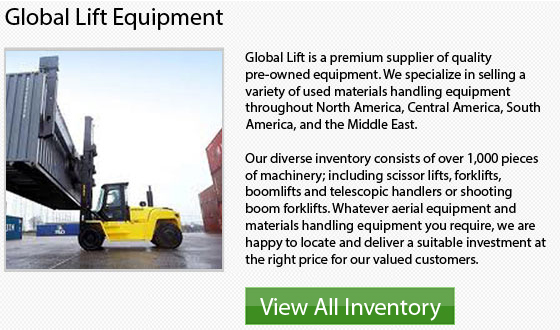
Counterbalance Forklift Training
Based on Occupational Safety and Health Administration regulations, anybody who utilizes a counterbalanced forklift must have training. Training for these types of industrial vehicles includes both hands-on driver training and classroom training. Refresher training is required occasionally so as to keep operator skills up to date. OSHA does not indicate a minimum time requirement for either the hands-on or classroom training.
Counterbalanced Forklifts
A counterbalanced forklift balances its cargo utilizing a counterbalance built into the truck. The blades move down and up parallel to the truck's body. The blades do not rotate. Operators driving counterbalanced forklifts must have training about the particular lift trucks they will be driving and in the same workplace environment.
Classroom Training
In classroom training, the forklift operator will be taught about the model he or she will be using. Information includes specifications like height, weight and load capacity. The operator would be taught the basics of fueling or charging the lift truck, which depends on whether it is a gas-powered or battery-powered engine. Safety information pertaining to the particular forklift, like how to safely walk around the lift truck, would be covered.
Supervised Driving
Driver training will be supervised to make sure that the driver will know how to correctly drive the counterbalance lift. This practical training course would happen in the same kind of setting in which the operator would be working. The driver would train with the same types of surrounding buildings and other structures on the same type of terrain, as well as similar pedestrian and vehicular traffic.
Refresher Training
Although OSHA requires regular refresher training for counterbalanced lift truck drivers, there are no specifications which determine the frequency of refresher training or its contents. Then again, for regular drivers, refresher training should incorporate classroom-style training.